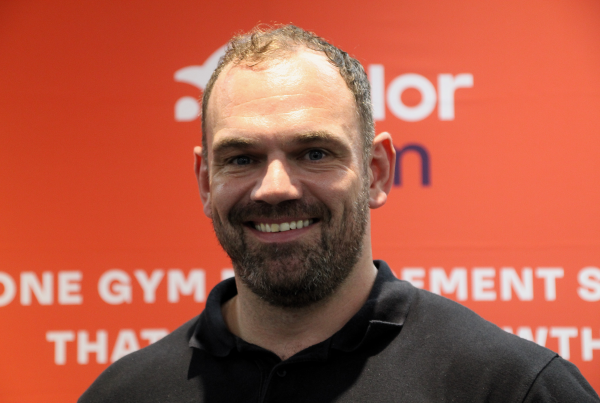Swimming Nature CEO Adam Paker
When it comes to data, the key is to gather as much as we can on our customers. Demographic information is a good start. Things like what they spend money on or how far they travel to get to a pool are also useful data points. In our sector specifically, it could be things like the changing room experience or pool temperature. Attitudinal data – on how customers think – is vital. That’s really at the heart of it. This allows us to understand what they value and what’s important to them.
Making it easy for customers to submit their data is a crucial part of the process. Booking is the obvious time to collect this. However, things like post-lesson surveys can also be an effective way to collect more qualitative data. At Swimming Nature, we want to partner closely with the operators we work with because they may have tracking systems in place that can be beneficial to us. For example, they can track how many consumers come through the door, what their behaviour is once they arrive, and ultimately, what their journey is. Do they just come for their lesson and leave, or do they stay longer and spend time in the café? This is critical data for us to understand and analyse.
Data collection can be a sensitive topic. To ensure it works, the relationship needs to be based on trust. We use all our customer data responsibly and use it to benefit the customer. Therefore, people are happy to share with us.
Time is also a factor to consider. You need to make it easy for people to provide their data. Often, it is parents bringing children for their lesson and even though they might be happy to tell you about themselves, they don’t always have time. Make the data collection process as easy and seamless as you can.
There is huge potential for technology to help track and analyse data from the customer. I’m extremely interested in helping to further the science and capability of technology in our industry. Things like facial recognition and wearables to measure performance in the pool could revolutionise our business. Ultimately, it’s about understanding the customer journey, what services they’re using and where they’re spending their time. Technology can play a pivotal role in that process.
If you use your data right, it will tell you about things that really matter to a customer. In turn, this can help inform your investment decisions. For example, if customers continue to poorly rate the changing facilities, a refurbishment may be justified. It’s about making the right investment choices based on what the customer data is telling you.
All operators are facing financial constraints. Everyone is looking for solutions in a very competitive market. If we use our data right, we’ll produce happier customers who will ultimately spend more money with us. It is good for customers, good for business, and good for the ongoing prosperity of operators.

More People More Active More Often




